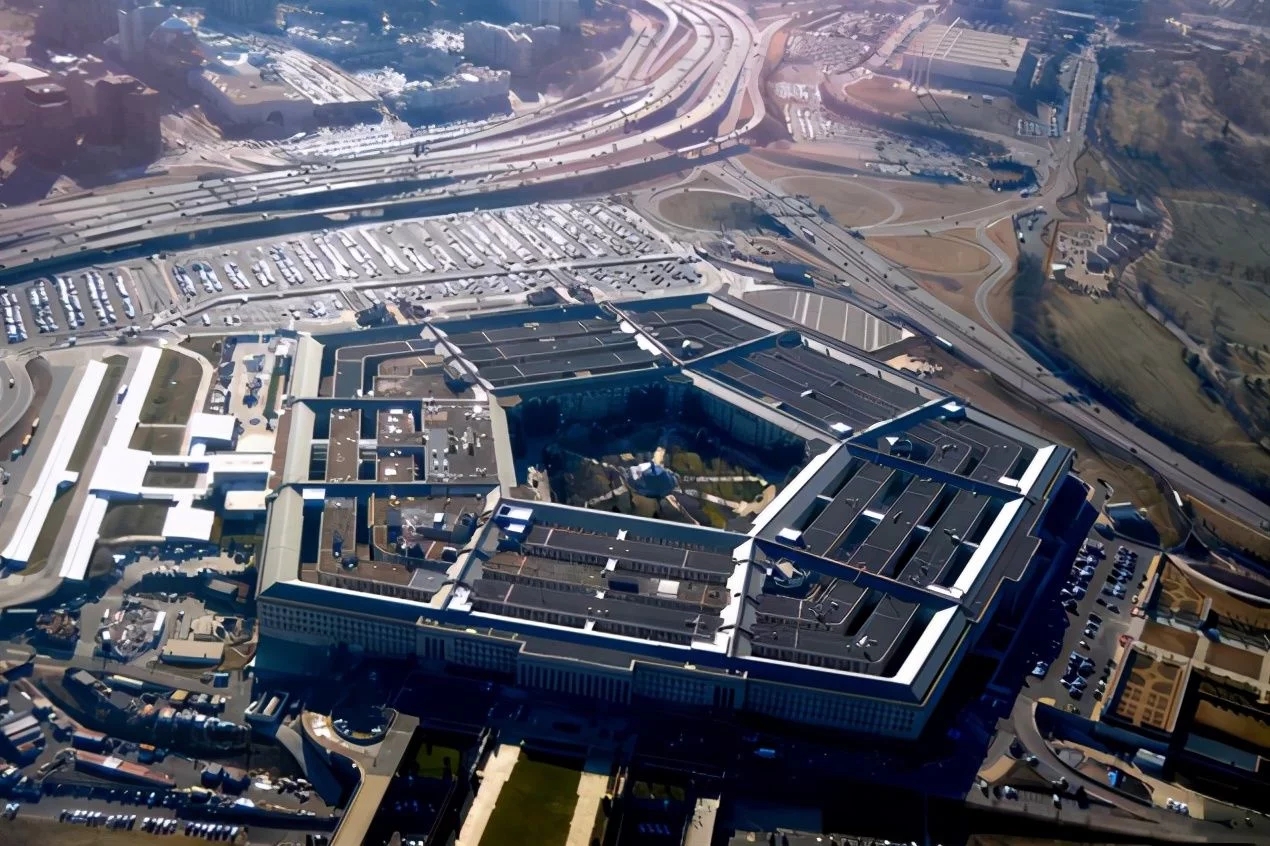By Zhang Xiaotian, Xu Zhidong, Zhang Weiping
张啸天 徐志栋 张未平
The year 2020 is coming to an end amid the rampant COVID-19 pandemic and ceaseless conflicts. As we look back on the past year, we see the novel coronavirus wreaking havoc across the world, major-country competition continuously escalating, the world situation being adjusted at a faster pace, regional hotspots popping up one after another, and all-terrain security risks on the rise. 2020 is a year when the old international order is falling apart more quickly, and the new landscape is being shaped with twists and turns. It marks the beginning of deep-going turbulences and changes in international military conflicts and security situation.
伴随着肆虐全球的新冠肺炎疫情和竞相爆发的冲突事件,2020年即将过去。回望这一年,新冠肺炎疫情全球扩散,大国竞争持续角力,世界格局加速调整,地区热点此伏彼起,全域安全风险并行上升。这是旧的秩序加速坍塌的一年,也是新的格局曲折酝酿的一年,是国际军事斗争与安全形势进入深度动荡变革的起点。
Adjustments of major countries' strategic layouts
各大国竞相调整战略布局
Historical laws tell us that the international system never evolves in a linear trajectory, nor does the rise and fall of powers, it is always a process of quantitative and qualitative accumulation, emergence, escalation, and restructuring.
历史规律表明,国际体系演变从来不是线性推进的,大国实力兴衰也不是线性变化的,而是在量变和质变之间进行积累、涌现、迸发、跃升、重构的过程。
The widespread COVID-19 in 2020 is nothing short of a war, which, though unable to comprehensively overthrow the world situation, is an important game-changer. Throwing its weight around throughout the year, the epidemic has again demonstrated the non-linear evolution of human society and world landscape and accelerated the development.
2020年是新冠肺炎疫情肆虐之年,其影响类似于一场战争,虽然不能全面撼动原有世界格局,却是推动世界格局转变的重要一步。贯穿全年的新冠肺炎疫情,再次展示了人类社会与世界格局演变的非线性逻辑,加速了原有的发展节奏。
With the epidemic still running amuck, the strength distribution of major nations, world security and development situation, and the way of international struggles are undergoing profound changes. In a strategic environment with mounting uncertainties, major countries like the US and Russia have actively made deployments to gain an edge.
随着疫情发展,大国实力分布、世界安全和发展形势与国际斗争方式正在发生重大变化。面对不确定性激增的战略环境,美俄等大国为赢得主动,积极谋局布势。

Taking China and Russia as strategic adversaries, the Trump administration, guided by its "America first" policy and following such strategic plans as the US National Defense Strategy and Indo-Pacific Strategy, has accelerated its movements to promote a "whole-of-government strategy on China".
美国特朗普政府视中俄为战略竞争对手,在“美国优先”“美国第一”政策引导下,按照既定的《国防战略》《印太战略》等一系列战略计划,加速布局,推行“全政府对华战略”。
First, the US has intensified its ties with Taiwan region and pressed China harder at its doorstep. In March, Trump signed off on the so-called "TAIPEI ACT", which claimed that "the US government should consider increasing or decreasing its economic, security, and diplomatic engagement with nations according to their relations with Taiwan". In July, the US Senate in the National Defense Authorization Act for Fiscal Year 2021 suggested "inviting Taiwan to participate in the RIMPAC military exercise and berthing American medical ships on the island". Regardless of warnings from Beijing, Washington passed bills on arms sales to Taiwan six times in 2020 that amounted to a total worth of more than $5.8 billion.
一是强化非法的美台合作关系,拉紧中国家门口的锁链。3月,特朗普签署“台北法案”,要求美政府根据其他国家与台湾关系加强或减少经济、安全、外交联系。7月,美国参议院在“2021年国防授权法案”中建议邀请台湾参与“环太平洋军事演习”以及美军医疗舰停靠台湾事宜。美国无视中国大陆警告,2020年6次通过对台军售案,总价值高达58亿美元之多。
Second, the US has stepped up military operations in the South China Sea, China's maritime gateway to the south. In the first half of this year, American military aircraft operated more than 2,000 times in the region; in July, its dual-carrier formation held training and exercises there twice. These operations showed signs of shifting from close-in reconnaissance to provocation, pressuring, and combat exercises.
二是加强在南海地区军事活动,压紧中国向南的海洋门户。上半年,美军机在南海活动就多达2000余次;7月份,美军双航母编队两次在南海举行演训。这些活动有从抵近侦察向挑衅施压和作战演练转变的趋势。
Third, the US has intensified cooperation with its allies and partners to forge an "anti-China alliance". In November, the US, Japan, Australia, and India held a joint military exercise that stressed more on joint operation than security cooperation. The US and its allies regularly monitored China's military activities in far oceans and enhanced their military presence around China and in the entire Indo-Pacific region. On November 17, the US secretary of the navy called for the reactivation of the 1st Fleet closer to the border between the Indian and Pacific Oceans. In the meantime, the US has acted faster to reduce and withdraw troops from other regions worldwide, and the troops, claimed the US Department of Defense, "will be redirected to engage in major-power strategic competition and maintain a strategic advantage".
三是强化与盟友伙伴合作,企图打造遏华联盟。11月,美日澳印举行联合军事演习,性质正在从所谓的海上安全合作向多国联军作战转变。美国及盟友常态化监视中国在远洋地区的军事活动,加强在中国周边乃至整个印太地区军事存在。11月17日,美海军部长呼吁建立一支靠近印度洋和太平洋十字路口的“第一舰队”。与此同时,美国加快从其他地区减兵撤兵进程,美国防部宣称“撤出的兵力主要用于大国战略竞争,确保在大国竞争中保持战略优势”。













